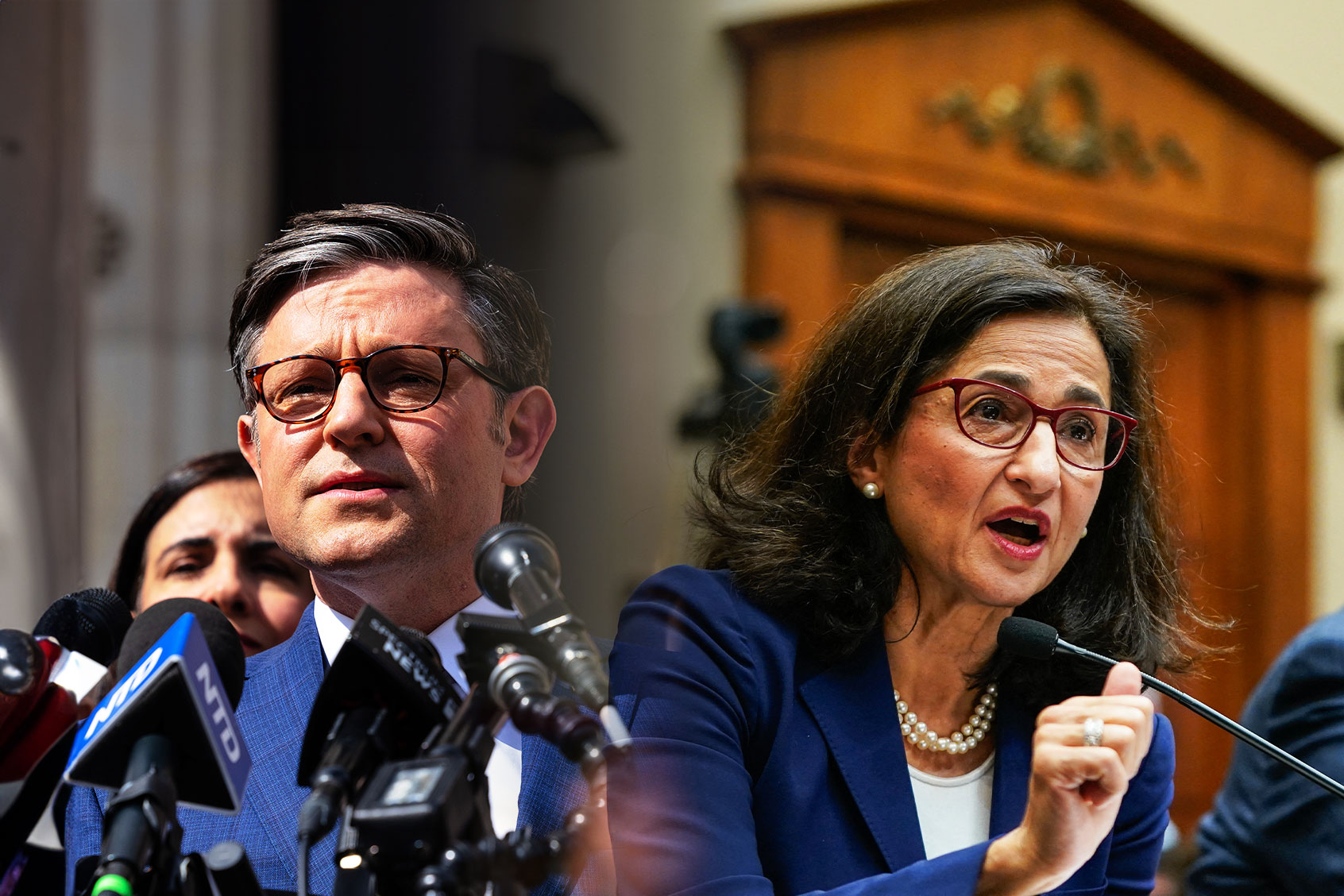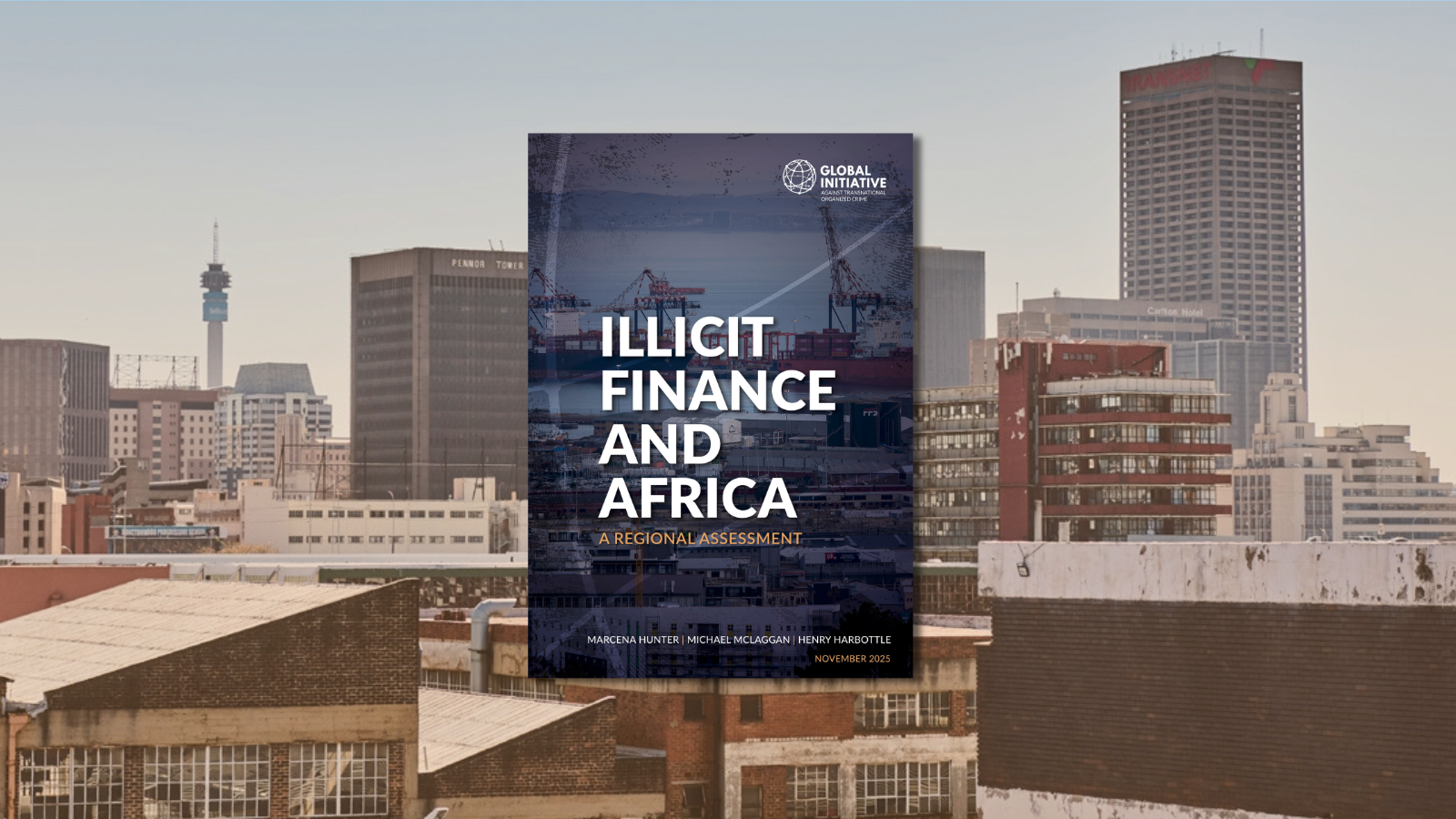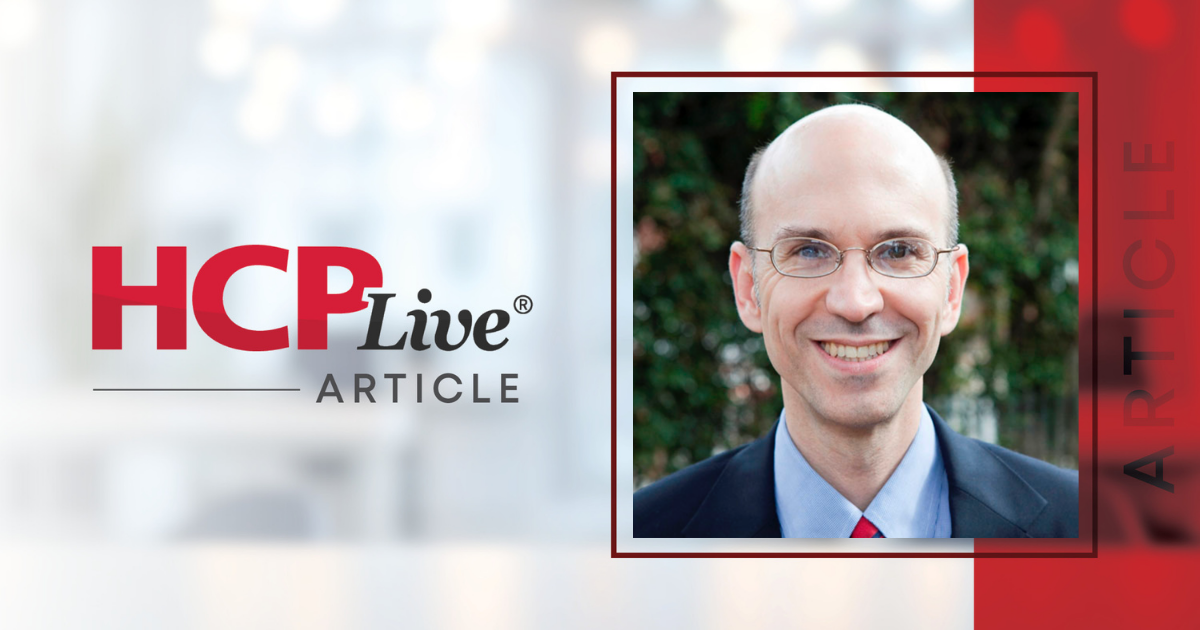Columbia Capitulated, Other Institutions Should Not – Diverse: Issues In Higher Education

Analysis of the Columbia University Settlement and its Impact on Sustainable Development Goals
Introduction: Higher Education’s Role in Advancing the SDGs
Higher education institutions are pivotal in achieving the United Nations Sustainable Development Goals (SDGs). By fostering inclusive learning environments, they directly contribute to SDG 4 (Quality Education) and SDG 10 (Reduced Inequalities). Their function as centers for open discourse and institutional integrity also supports SDG 16 (Peace, Justice and Strong Institutions). A recent settlement between Columbia University and the federal government, however, raises significant concerns regarding the university’s capacity to fulfill these global commitments, with potential adverse effects on underrepresented students and faculty.
Threats to SDG 4 (Quality Education) and SDG 10 (Reduced Inequalities)
The settlement grants the federal government unprecedented oversight into university operations, which may directly impede progress toward ensuring inclusive and equitable quality education for all.
- Erosion of Inclusive Policies: The agreement allows federal officials to review and potentially reject university initiatives aimed at advancing equal opportunity in admissions and hiring. This challenges the autonomy of the institution to create a diverse campus that reflects a multiracial society, a key target of SDG 4.
- Disproportionate Impact on Marginalized Groups: The federal government’s interpretation of civil rights law could penalize programs designed to support disadvantaged students, including first-generation students and students of color. This action directly contravenes the objective of SDG 10 to reduce inequalities and ensure equal opportunity for all.
- Degradation of the Learning Environment: By creating a less welcoming atmosphere for students and faculty from diverse backgrounds, particularly Black students, the university risks deterring talent. This degradation of the campus community could diminish the quality of academic scholarship and the overall educational experience.
Compromising SDG 16 (Peace, Justice and Strong Institutions)
The agreement contains provisions that undermine the principles of justice, free expression, and institutional autonomy, which are fundamental to SDG 16.
Key Areas of Concern:
- Suppression of Free Speech: The settlement requires Columbia to authorize more employees to arrest students for protesting. Student groups face sanctions, including defunding or de-recognition, for “discriminatory conduct,” a term whose broad interpretation threatens to silence dissent and erase affinity spaces for underrepresented groups. This chills the free exchange of ideas essential for a peaceful and inclusive society.
- Targeting of Immigrant Communities: A requirement for the university to notify the Department of Homeland Security if an international student is arrested during a protest compromises the safety and rights of these students, undermining the goal of promoting just and inclusive societies.
- Weakening of Institutional Integrity: The level of government interference established by the settlement weakens the university’s position as a strong, independent institution. It subsumes the university into a political agenda that conflicts with its educational mission and its role as a pillar of a democratic society.
Conclusion: A Call for Upholding SDG Commitments in Higher Education
The case of Columbia University serves as a critical warning to other higher education institutions. Capitulating to external pressures that conflict with core educational and democratic values poses a direct threat to the advancement of the Sustainable Development Goals. Universities must actively resist measures that would:
- Reverse progress on campus diversity and inclusion (SDG 4, SDG 10).
- Silence lawful protest and dissent (SDG 16).
- Compromise their institutional autonomy and their role in fostering future leaders for a just and sustainable world (SDG 16).
Instead, institutions of higher learning must reaffirm their commitment to being centers of learning where diverse peoples and ideas can thrive, thereby upholding their responsibility to contribute positively to all facets of the global Sustainable Development Goals.
SDGs Addressed in the Article
SDG 4: Quality Education
- The article is centered on higher education institutions, specifically Columbia University. It discusses their “critical role in American democracy” and their “educational mission to foster a dynamic learning environment.” The core issue is whether these institutions can fulfill this mission under the described settlement, which impacts the quality and inclusivity of the education provided.
SDG 10: Reduced Inequalities
- A primary theme of the article is racial inequality. It highlights the “longstanding problems with unfair underrepresentation and academic exclusion” of Black students and faculty. The settlement is criticized for its potential to “suppress and ban efforts to ensure an inclusive and welcoming educational environment for Black students and faculty” and for targeting programs designed to help “disadvantaged students of color.”
SDG 16: Peace, Justice and Strong Institutions
- The article addresses issues of justice and fundamental freedoms. It discusses the settlement’s impact on “lawful protest,” the “free exchange of ideas,” and the “First Amendment rights” of students and faculty. It also critiques the “unprecedented oversight” by the federal government and its “flawed interpretation of our constitution and civil rights laws,” which undermines the university as a strong, independent institution and threatens the rule of law.
Specific SDG Targets Identified
SDG 4: Quality Education
-
Target 4.3: By 2030, ensure equal access for all women and men to affordable and quality technical, vocational and tertiary education, including university.
- The article directly addresses this target by discussing the “unfair underrepresentation” of Black students and the administration’s opposition to programs for “first-generation college students or rural areas,” which are intended to “break down unfair barriers to equal access and opportunities.”
-
Target 4.7: By 2030, ensure that all learners acquire the knowledge and skills needed to promote sustainable development, including, among others, through education for… human rights… promotion of a culture of peace and non-violence, global citizenship and appreciation of cultural diversity…
- The article argues that universities “shape the future citizens and leaders” and can only achieve their mission if their “campuses reflect the multiracial society that we all live in.” The settlement is seen as a threat to this by potentially erasing “affinity spaces for underrepresented groups” and chilling the “free exchange of ideas, opinions, and perspectives,” which are essential for developing an appreciation for cultural diversity and human rights.
SDG 10: Reduced Inequalities
-
Target 10.2: By 2030, empower and promote the social, economic and political inclusion of all, irrespective of age, sex, disability, race, ethnicity, origin, religion or economic or other status.
- This target is central to the article’s argument. The text explicitly states the settlement will “suppress and ban efforts to ensure an inclusive and welcoming educational environment for Black students and faculty, thereby preventing them from fully contributing their expertise and lived experiences to the larger campus community.”
-
Target 10.3: Ensure equal opportunity and reduce inequalities of outcome, including by eliminating discriminatory laws, policies and practices…
- The article discusses how the settlement advances the administration’s agenda to prevent efforts that “advance equal opportunity through admissions, hiring, and promotion.” It critiques the administration’s “inaccurate interpretation of equal protection and civil rights laws,” which could penalize equitable practices and thus perpetuate inequality of outcome.
SDG 16: Peace, Justice and Strong Institutions
-
Target 16.10: Ensure public access to information and protect fundamental freedoms, in accordance with national legislation and international agreements.
- The article directly relates to this target by stating that government interference with campus protest “undoubtedly will chill the speech of many students and faculty, thus eroding their First Amendment rights.” It also highlights the campaign “to silence lawful protest and target immigrant communities” as a direct assault on fundamental freedoms.
-
Target 16.7: Ensure responsive, inclusive, participatory and representative decision-making at all levels.
- The settlement is described as giving the “federal government unprecedented oversight into the university’s operations,” allowing officials to “review, and potentially reject, any effort by the university to advance equal opportunity.” This undermines the university’s autonomy and its ability to engage in inclusive and representative decision-making that reflects the needs of its diverse community.
Indicators for Measuring Progress
SDG 4: Quality Education
- Indicator for Target 4.3: The article implies that progress can be measured by tracking the “higher admissions or hiring rates of Black students and faculty.” It also mentions programs for “first-generation college students or rural areas,” suggesting that enrollment rates for these groups are also a relevant indicator of equal access.
SDG 10: Reduced Inequalities
- Indicator for Target 10.2/10.3: The article points to the “underrepresentation” of certain groups, meaning an indicator would be the proportion of Black students and faculty within the university. Additionally, the status of “affinity spaces for underrepresented groups” is mentioned, so tracking whether they are being “defunded, suspended, or de-recognized” serves as an indicator of inclusion.
SDG 16: Peace, Justice and Strong Institutions
- Indicator for Target 16.10: The article provides several implied indicators to measure the protection of fundamental freedoms. These include: the “number of employees trained and authorized to arrest and remove students for protesting,” the number of student groups sanctioned for “discriminatory conduct” (as defined by the administration), and the number of instances where Columbia is required to “notify the Department of Homeland Security and disclose their identity” for arrested international students.
Summary of SDGs, Targets, and Indicators
| SDGs | Targets | Indicators (Mentioned or Implied in the Article) |
|---|---|---|
| SDG 4: Quality Education |
4.3: Ensure equal access for all to affordable and quality tertiary education.
4.7: Ensure all learners acquire knowledge and skills for sustainable development, including human rights and cultural diversity. |
– Admission and hiring rates of Black students and faculty. – Enrollment rates of first-generation and rural students. – Existence and support for a “dynamic learning environment” that reflects a “multiracial society.” |
| SDG 10: Reduced Inequalities |
10.2: Empower and promote the social, economic and political inclusion of all, irrespective of race, ethnicity, or other status.
10.3: Ensure equal opportunity and reduce inequalities of outcome. |
– Proportion of Black students and faculty (to measure underrepresentation). – Number of student affinity groups for underrepresented communities that are defunded, suspended, or de-recognized. – Implementation of equitable practices in admissions and hiring that do not rely on race. |
| SDG 16: Peace, Justice and Strong Institutions |
16.10: Ensure public access to information and protect fundamental freedoms.
16.7: Ensure responsive, inclusive, and representative decision-making. |
– Number of employees trained to arrest student protestors. – Number of instances of arrested international students being reported to the Department of Homeland Security. – Level of federal government oversight and rejection of university decisions on equal opportunity. |
Source: diverseeducation.com

What is Your Reaction?
 Like
1
Like
1
 Dislike
1
Dislike
1
 Love
1
Love
1
 Funny
0
Funny
0
 Angry
0
Angry
0
 Sad
0
Sad
0
 Wow
0
Wow
0










/campaigns/16-days-of-activism-against-gender-based-violence/pr-web-banner.tmb-1200v.jpg?sfvrsn=8cc7b98e_1#)





































































